Tribe Ranunculeae Rank Genus | Scientific name Ranunculus | |
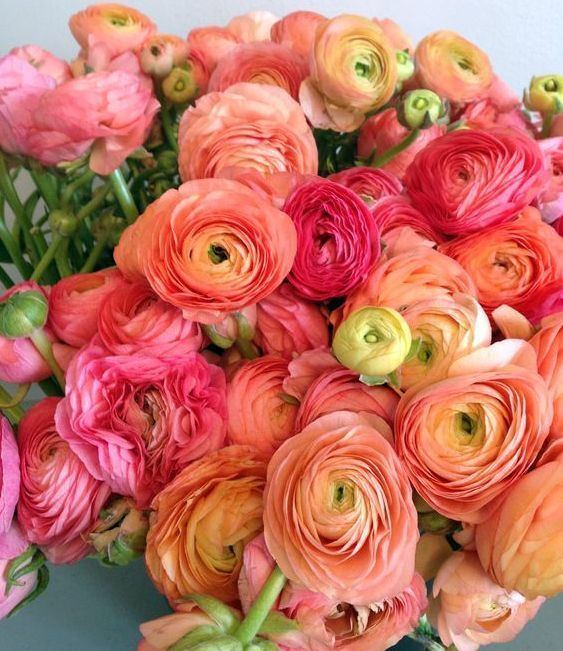 | ||
Lower classifications Ranunculus asiaticus, Ficaria verna, Meadow buttercup, Ranunculus repens, Ranunculus bulbosus | ||
How to plant ranunculus jeff turner s guide to planting ranunculus corms in pots
Ranunculus /ræˈnʌŋkjʊləs/ is a genus of about 600 species of plants in the Ranunculaceae. Members of the genus include the buttercups, spearworts, and water crowfoots. The petals are often highly lustrous, especially in yellow species. Buttercups usually flower in the spring, but flowers may be found throughout the summer, especially where the plants are growing as opportunistic colonizers, as in the case of garden weeds.
Contents
- How to plant ranunculus jeff turner s guide to planting ranunculus corms in pots
- Tecolote ranunculus bulbs persian buttercups how to plant guide
- Description
- Naming
- Splitting of the genus
- Pharmacological activity
- Toxicity
- Selected species list
- References
The water crowfoots (Ranunculus subgenus Batrachium), which grow in still or running water, are sometimes treated in a separate genus Batrachium (from Greek βάτραχος batrachos, "frog"). They have two different leaf types, thread-like leaves underwater and broader floating leaves. In some species, such as R. aquatilis, a third, intermediate leaf type occurs.
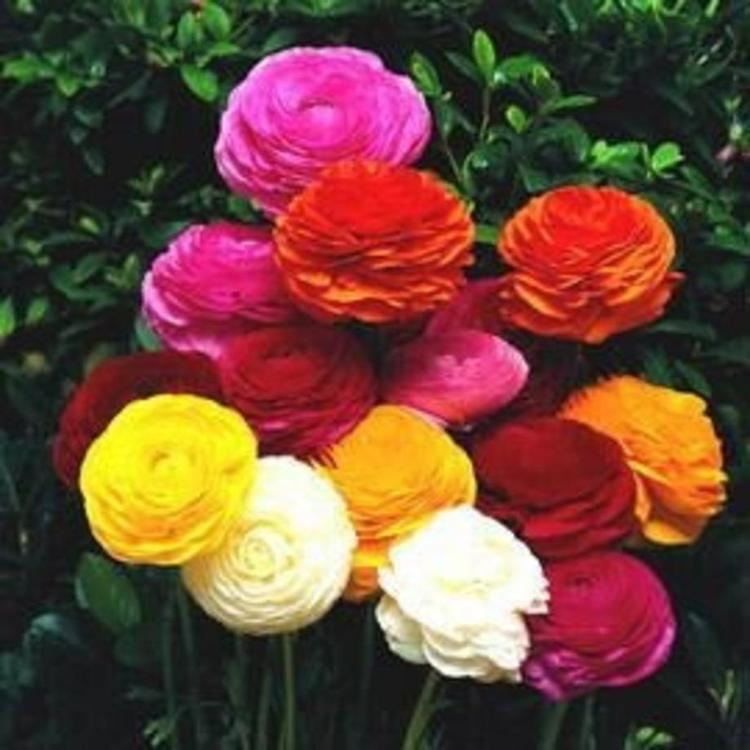
Ranunculus species are used as food by the larvae of some Lepidoptera species including Hebrew Character and small angle shades. Some species are popular ornamental flowers in horticulture, with many cultivars selected for large and brightly coloured flowers.
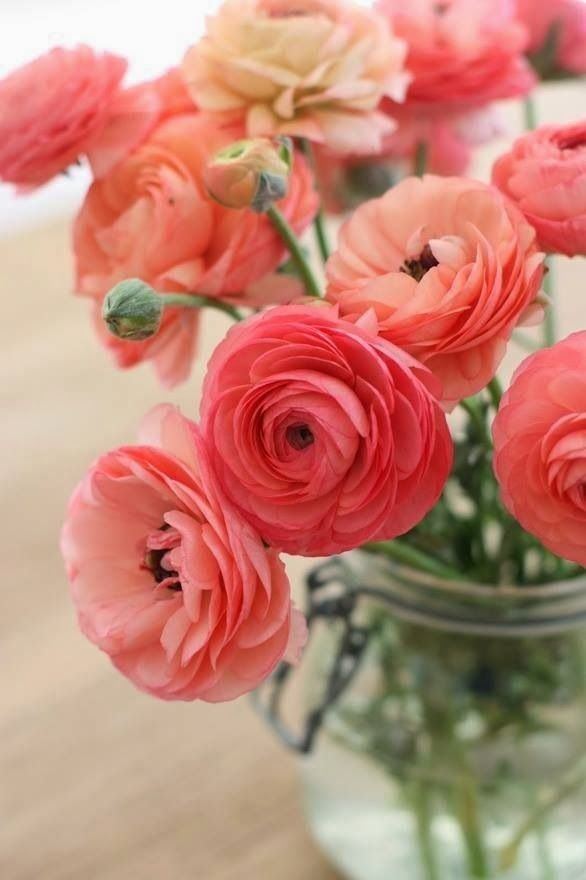
Tecolote ranunculus bulbs persian buttercups how to plant guide
Description
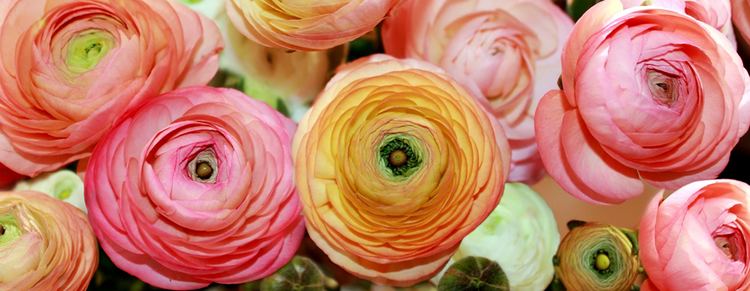
Buttercups are mostly perennial, but occasionally annual or biennial, herbaceous, aquatic or terrestrial plants, often with leafs in a rosette at the base of the stem. In many perennial species runners are sent out that will develop new plants with roots and rosettes at the distanced nodes. The leafs lack stipules, have stems, are palmately veined, entire, more or less deeply incised, or compound, and leaflets or leaf segments may be very fine and linear in aquatic species. The hermaphrodite flowers are single or in a cyme, have usually five (but occasionally as few as three or as many as seven) mostly green sepals and usually five yellow, greenish, or white petals that are sometimes flushed with red, purple or pink (but the petals may be absent or have a different, sometimes much higher number). At the base of each petal is usually one nectary gland that is naked or may be covered by a scale. Anthers may be few, but often many are arranged in a spiral, are yellow or sometimes white, and with yellow pollen. The sometimes few but mostly many green or yellow carpels are not fused and are also arranged in a spiral, mostly on a globe or dome-shaped receptacle. The fruits (in this case called achenes) may be smooth or hairy, winged, nobby or have hooked spines.
Naming

The name Ranunculus is Late Latin for "little frog," the diminutive of rana. This probably refers to many species being found near water, like frogs.
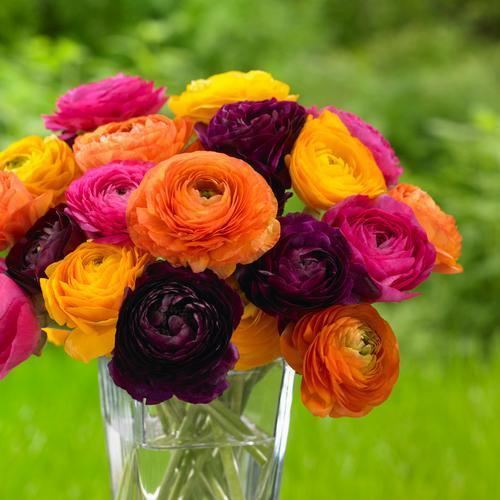
The name buttercup may derive from a false belief that the plants give butter its characteristic yellow hue (in fact it is poisonous to cows and other livestock). A popular children's game involves holding a buttercup up to the chin; a yellow reflection is supposed to indicate fondness for butter.
In the interior of the Pacific Northwest of the United States the buttercup is called "Coyote’s eyes" — ʔiceyéeyenm sílu in Nez Perce and spilyaynmí áčaš in Sahaptin. In the legend Coyote was tossing his eyes up in the air and catching them again when Eagle snatched them. Unable to see, Coyote made eyes from the buttercup.
Splitting of the genus
Molecular investigation of the genus has revealed that Ranunculus is not monophyletic with respect to a number of other recognized genera in the family – e.g. Ceratocephala, Halerpestes, Hamadryas, Laccopetalum, Myosurus, Oxygraphis, Paroxygraphis and Trautvetteria. A proposal to split Ranunculus into several genera have thus been published in a new classification for the tribe Ranunculeae. The split (and often re-recognized) genera include Arcteranthis Greene, Beckwithia Jeps., Callianthemoides Tamura, Coptidium (Prantl) Beurl. ex Rydb., Cyrtorhyncha Nutt. ex Torr. & A.Gray, Ficaria Guett., Krapfia DC., Kumlienia E. Greene and Peltocalathos Tamura.
Pharmacological activity
The most common use of Ranunculus species in traditional medicines are anti-rheumatism, intermittent fever and rubefacient. The findings in some Ranunculus species of, for example, Protoanemonin, anemonin, may justify the uses of these species against fever, rheumatism and rubefacient in Asian traditional medicines.
Toxicity
All Ranunculus species are poisonous when eaten fresh by cattle, horses, and other livestock, but their acrid taste and the blistering of the mouth caused by their poison means they are usually left uneaten. Poisoning can occur where buttercups are abundant in overgrazed fields where little other edible plant growth is left, and the animals eat them out of desperation. Symptoms include bloody diarrhea, excessive salivation, colic, and severe blistering of the mouth, mucous membranes and gastrointestinal tract. When Ranunculus plants are handled, naturally occurring ranunculin is broken down to form protoanemonin, which is known to cause contact dermatitis in humans and care should therefore be exercised in extensive handling of the plants. The toxins are degraded by drying, so hay containing dried buttercups is safe.
Selected species list
See List of Ranunculus species for a more complete list with native ranges.
